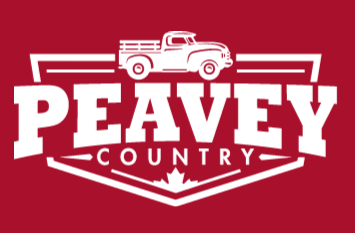Paddle Placement
As a beginner, you should always go with a partner. This is for safety but also to help with endurance. Canoeing is physically demanding, and as beginner, having an extra set of arms will come in handy. With canoeing, the person at the front is the peacekeeper, and the person at the back is the steering.
The person at the front of the canoe should always pick the side they are most comfortable with. This ideally should also be the lightest weight person of the two to help reduce drag. The front individual also sets the pacing for the person in the back. This means they should always keep a maintainable speed for both people.
The back passenger will place their paddle on the opposite side of the front paddler. To go straight, the back passenger simply has to keep the pace of the front paddler. To turn a different direction, they will need to change sides or tell the front paddler to take a break.
Both groups always want to sit in the centre of the bench. And in the event there is a drastic difference in weights between the two paddlers, you will want to equalize the weight. This can be done with luggage and even an anchor. This will help make paddling much easier and may increase your speed.
Safety Is Always Number One
We recently did an article on what to bring on a boat trip, and an entire section was dedicated to safety. For canoeing, the list is similar in nature. You will always want the basics for water, such as life jackets. Other things to consider are waterproof bags to keep your first aid, food, fire starter, etc., all protected in the event you flip.
When doing anything in the wilderness, you want to ensure you have:
- Food
- Life Jackets with whistles
- Water Purification
- Fire Starter
- Safety Blankets
- First Aid
- Flares
- And any survival gear needed for your area.
When you are trying to paddle against the current, it's all hands on deck. You most definitely want to follow the rules of having equal weight and a rhythm. The other key is how you place your hands on the paddle itself. You want to put one hand on the top of the paddle, making almost a fist. The other hand, you want to place where the paddle begins to thicken.
Every time the paddle touches the water, your pinky fingers should touch the water as well. The combination of full strokes and a rhythm between partners will ensure the canoe can push past the current.
Navigating Streams In A Canoe Downstream
This is the vacation of the canoeing trip. The person at the rear of the canoe simply has to act like a rudder on a ship. By using the paddle to steer, you can easily navigate downstream with little to no paddling. The exception may be if you need to back up or quickly course correct. In the event of this, paddling backward is the best solution.
Navigating Open Waters In A Canoe
Open waters are simple in the sense that there is no current to fight. However, there are waves in open waters. Whenever possible, try to keep your canoe close to the shoreline. This will help navigate waves and is also safer for beginners in the event of tipping.
If a wave is approaching or if you have a consistent set of waves, be sure to hit them straight on. This is especially true for the large waves caused by boats. When the tip of the canoe comes into contact with the wave, it quickly dissolves. If it is a constant bombardment, try to make your canoeing trip work in a path that allows for you to steer into the waves.
Once you master these basics of canoeing, you can move up into more exciting trips. Canoeing, when done properly means you will be able to take multi-day trips and even take up fishing. Always remember to start small and work your way up into more advanced tips and techniques.









